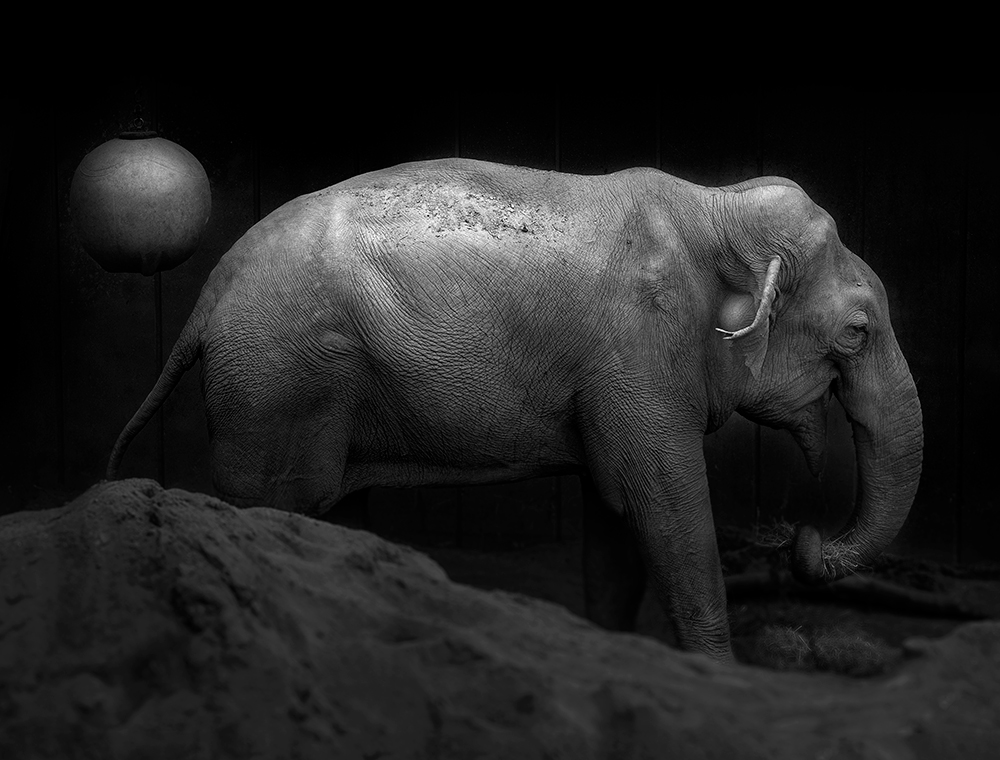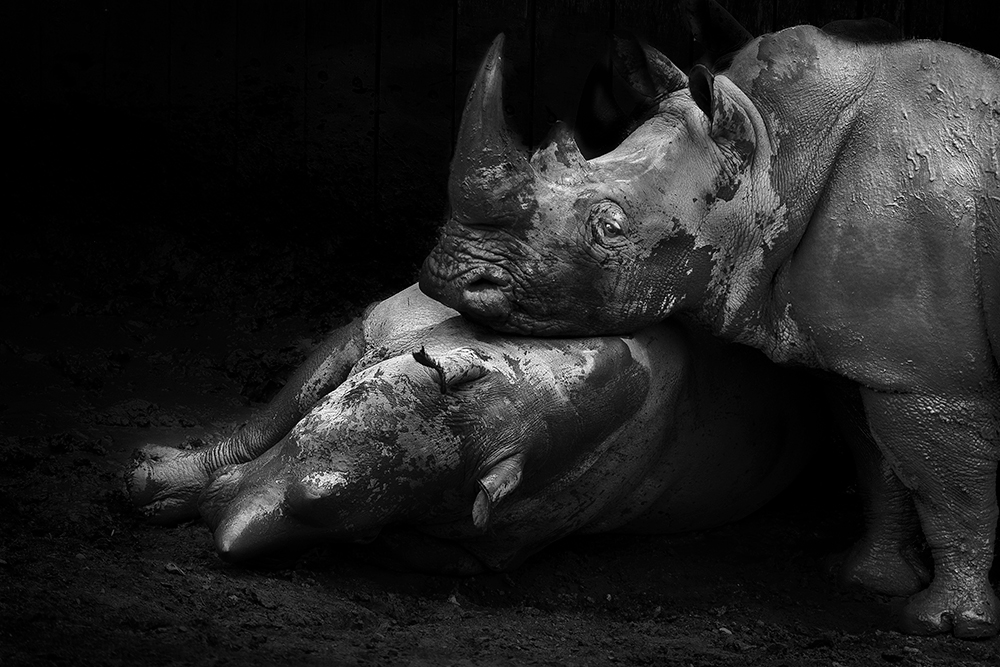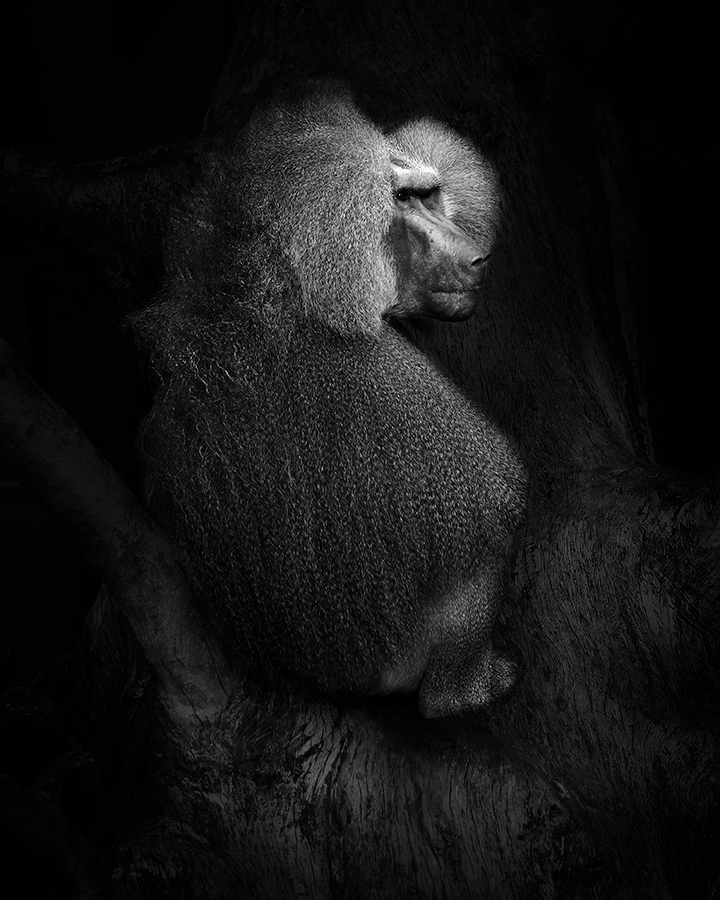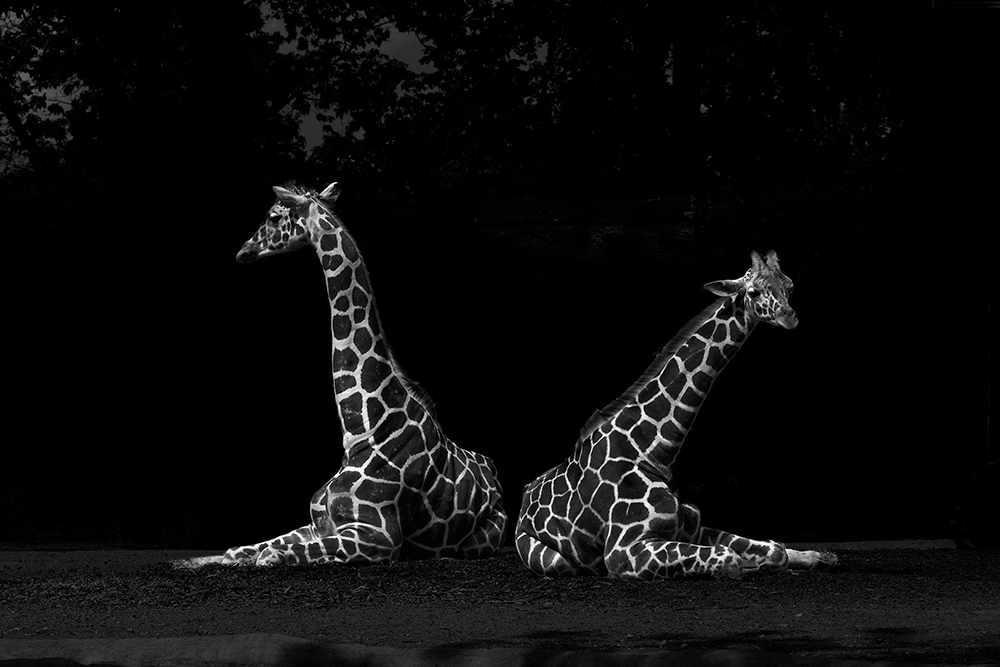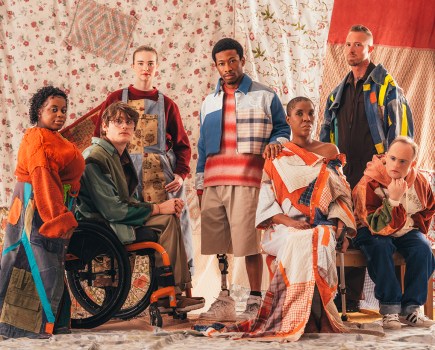Photographer Fie Johansen spent two years photographing animals at Copenhagen Zoo. Amy Davies discovers more about these beautiful monochrome results
Beautiful. Extraordinary. Different. All words that can easily be applied to the images found in All The Things You Are, a series of images that has recently been published as a book by Danish photographer Fie Johansen. The collection aims to reflect on who we are – as humans – by taking a closer look at other species. Fie attempts to show that these are sensitive and sentient beings, aware of their surroundings and able to feel just as we might do.
Starting on somewhat of a whim – as many excellent photography projects do – a two-year period of photographing at Copenhagen Zoo started when Fie needed somewhere to test out her new camera. That choice might not necessarily be what most would immediately land on when searching for a suitable camera for wildlife either.
She explains, ‘In 2018, I came across a review of the Leica TL2. The pictures showed a fun, retro-looking and minimalistic camera – something NASA might have thought up. I went to the Leica store to try it out – since it’s so close to Copenhagen Zoo, I thought I’d go there to test it out.
‘Having mixed feelings about restrained animals, it was my first visit to the zoo in 20 years. The camera turned out to be an inspiration, and so was Copenhagen Zoo where much had changed since my last visit. A new elephant house had been designed by Sir Norman Foster, and the lighting there was extraordinary.
Covered by an impressively large dome, the space where elephants wandered about was lit by the sky, creating a constant change in light. The patterns falling upon the animals were so magnificent that I felt like I wanted to go and live there.’
Swapping her Leica M9 for the TL2 (mounted with the Leica M-Adapter to allow her to use her existing M-series lenses), Fie regularly visited the zoo over the next couple of years to create her images. Over that time, she estimates she took around 9,000 images, with just 71 making the cut.
Fie didn’t work strictly, however, without checklists or structures. ‘I worked alone, intuitively, with the belief and hope that I had chosen the right time and the right place for special moments to reveal themselves.’
A good selection of lenses was used throughout the project. As the Leica TL2 uses an APS-C sensor, the crop factor gave her extra reach with her full-frame M-series lenses. The kit bag included the Leica Macro-Elmar-M 90mm f/4 (135mm equivalent) and the Leica Elmar-R 180mm f/4 with a Novoflex adapter (270mm equivalent).
Manual-focus lenses such as these are probably not the first choice for the average animal photographer. As such, she also used a couple of TL lenses in order to capture speedy moments. Those included the APO-Macro-Elmarit TL 60mm f/2.8 and the APO-Vario-Elmar-TL 55-135mm f/3.5-4.5 lenses (90mm and c80-200mm equivalent).
It’s also fairly unusual to select monochrome for pictures of animals. Vibrant colours, textures and patterns are what characterises many of them. But for Fie, black & white allows the true character to come to the fore without distraction. She considers the digital darkroom to be akin to the traditional one.
‘My intention with the photographs is to show files pretty much as they are – without other manipulation other than converting them, just as I would have done had I made them as prints in my analogue darkroom.’ To meet her aims and shoot with intentionality, Fie also sets her camera to display the preview image on the screen and through the EVF in black & white.
Zoos are a much more accessible place to photograph animals for the vast majority of us. But much of the technique for capturing great shots is similar to if you were out in the wild. Fie’s advice is, ‘Be patient, work and move quietly and with respect for your subject. Take the time to observe and feel connected to your subject. Be comfortable – don’t carry a lot of heavy and clanging gear, work alone and concentrate.’
Fie Johansen
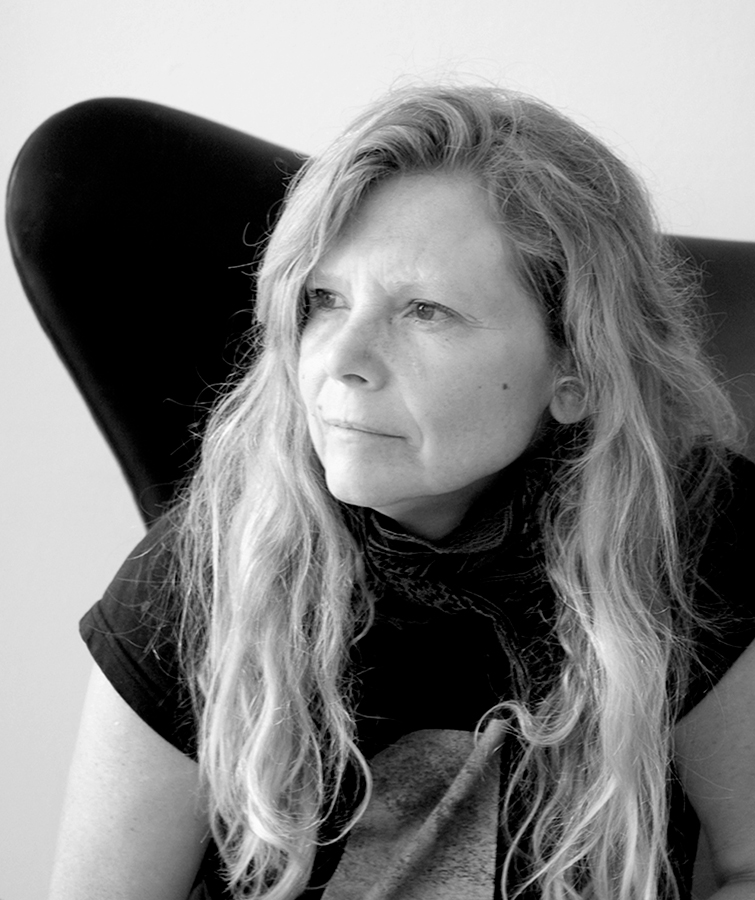
Prizewinning photographer Fie Johansen is considered one of the pioneers of digital photography and printing in Denmark. She is also known for her analogue work with non-silver and historic printing processes. She has been exhibited internationally. Visit fiejohansen.com
All The Things You Are is available to buy now. Published by Kehrer Verlag. ISBN: 9783969000403.



